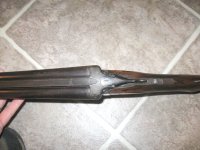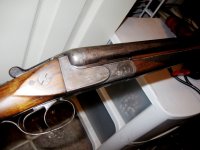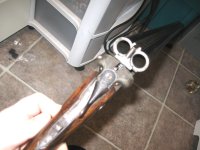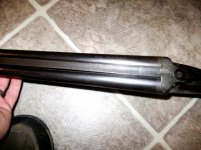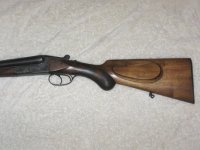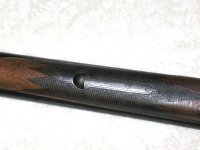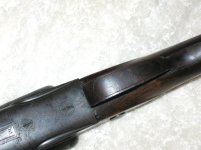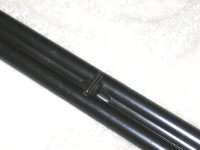surfersami
New member
Hi,
New here. I was wondering if anyone might have some info on a gunsmith from the 40's - 60's in Colorado area. I have a 16 ga. side by side with no markings for brand. It is a family heirloom, and a sweet bird gun/clays. There are markings on different parts of the gun, and the gunsmith's name is on the top of the barrels. Karl Klavberg. Like I said, it is a beautiful piece of art work, and shoots really well. My great uncle had it made for him, but I have never been able to find out any info on this gunsmith. It was appraise for insurance at more than my car. (not saying much ) Just thought I would ask. John
) Just thought I would ask. John
New here. I was wondering if anyone might have some info on a gunsmith from the 40's - 60's in Colorado area. I have a 16 ga. side by side with no markings for brand. It is a family heirloom, and a sweet bird gun/clays. There are markings on different parts of the gun, and the gunsmith's name is on the top of the barrels. Karl Klavberg. Like I said, it is a beautiful piece of art work, and shoots really well. My great uncle had it made for him, but I have never been able to find out any info on this gunsmith. It was appraise for insurance at more than my car. (not saying much

